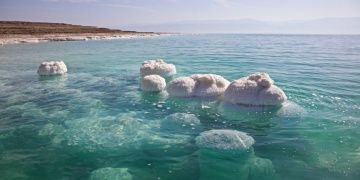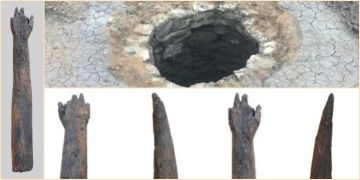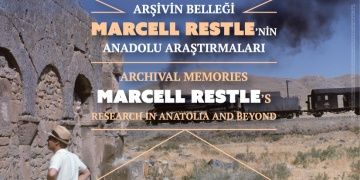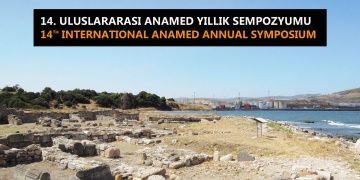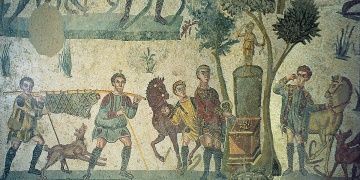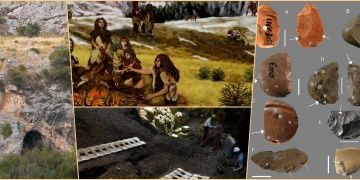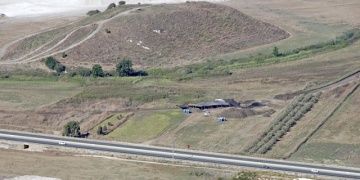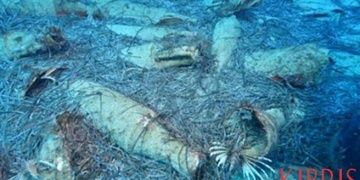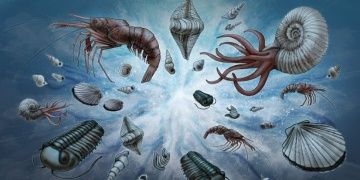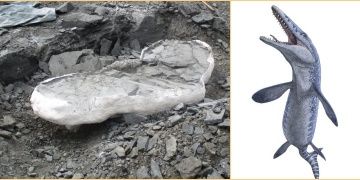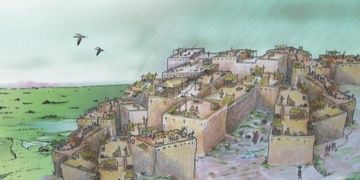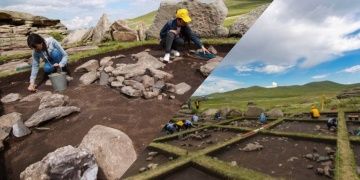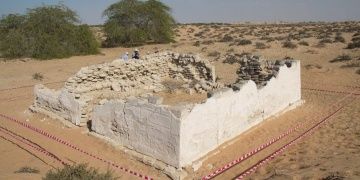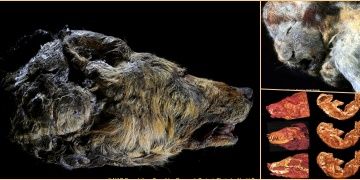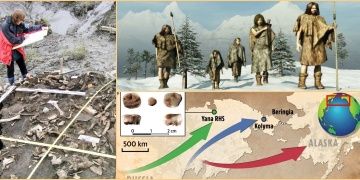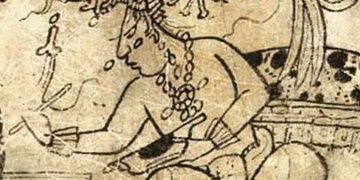
What allowed some earlier Maya communities to be more resilient in the face of climate change?
The Role of Diet in Resilience and Vulnerability to Climate Change among Early Agricultural Communities in the Maya Lowlands
The Role of Diet in Resilience and Vulnerability to Climate Change among Early Agricultural Communities in the Maya Lowlands
Geologists float an answer to the mystery of salt flurries beneath Dead Sea: New computer simulation and research helps scientists understand how salt makes its way down rather than up, providing a glimpse into formation of massive deposits around…
Archaeologists in England have made an unusual discovery in a Roman well. This find is one that is providing new insights into Roman Britain and has been hailed as being both of national and international importance.
The exhibition gives a deep insight into the research of a passionate art historian, Marcell Restle (1932-2016), who dedicated his ilfe in great intensity to the study of Asia Minor in Late Antique and Byzantine as well as Seljuk and Ottoman times.
ANAMED are announce that 14th International ANAMED Annual Symposium will be held between 5-6 December 2019 at ANAMED.
The art of the Roman deal
Neanderthals used resin 'glue' to craft their stone tools. Ethnographic evidence indicates that resin, which dries when exposed to air, is generally warmed by exposure to a small fire thus softened to be molded and pushed in position in the haft.
The archaeological site of Ein Qashish in northern Israel was a place of repeated Neanderthal occupation and use during the Middle Paleolithic, according to a stud.
The Department of Antiquities has announced the discovery of an ancient shipwreck in the sea off Protaras, Cyprus.
Nonequilibrium evolution of volatility in origination and extinction explains fat-tailed fluctuations in Phanerozoic biodiversity
70-million-year-old 'sea monster' discovered by miners in southern Albert. Mosasaur, which has been described as 'T-rex of the sea,' was portrayed in film Jurassic World
Bioarchaeological investigation of the extraordinary record of human remains and their context from Neolithic Çatalhöyük, a massive archaeological site in Turkey, provides important perspectives on population dynamics, health outcomes, behavioral…
3,000-year-old Saka settlement discovered in Kazakhstan.
A candidate for UNESCO World Heritage status: Umm Al Qaiwain’s ed-Dur temple... Flourishing at the beginning of the Christian era, ed-Dur was a port town that derived its wealth from trade across the Arabian Gulf and the Indian Ocean
Japanese and Russian researchers say a well-preserved carcass of an extinct cave lion cub has been found in permafrost in Russia. Scientists say they found the remains of the cub while digging near a river in northeastern part of Siberia in July…
DNA from 31,000-year-old milk teeth leads to discovery of new group of ancient Siberians. Newly discovered ancient teeth dating back 31,000 years are evidence of a new ethnic group in human history and could change know about the first American…
